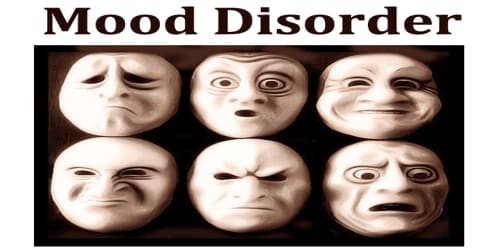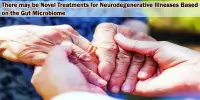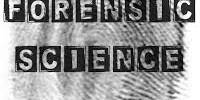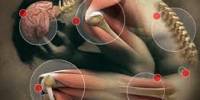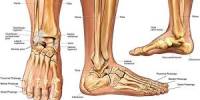Mood Disorder
Mood disorder, also known as mood (affective) disorders is a category of illnesses that describe a serious change in mood. It is a group of conditions where a disturbance in the person’s mood is the main underlying feature. The classification is in the Diagnostic and Statistical Manual of Mental Disorders (DSM) and International Classification of Diseases (ICD).
Illness under mood disorders includes – major depressive disorder, bipolar disorder (mania – euphoric, hyperactive, over inflated ego, unrealistic optimism), persistent depressive disorder (long-lasting low-grade depression), cyclothymia (a mild form of bipolar disorder), and SAD (seasonal affective disorder).
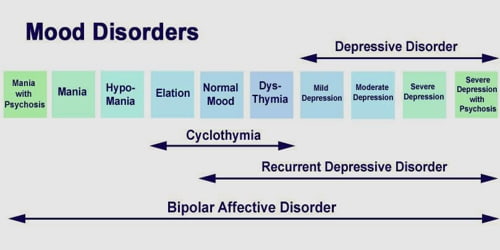
Mood disorders fall into the basic groups of elevated moods, such as mania or hypomania; depressed mood, of which the best-known and most researched is major depressive disorder (MDD) (commonly called clinical depression, unipolar depression, or major depression); and moods which cycle between mania and depression, known as bipolar disorder (BD) (formerly known as manic depression). Mood disorders may also be substance induced or occur in response to a medical condition.
Causes, Symptoms, and Effect – Major depression is the most common mood disorder. This debilitating illness causes mental anguish and physical ailments. It often prevents normal daily function. Some examples of mood disorders include:
- Major depressive disorder – prolonged and persistent periods of extreme sadness
- Bipolar disorder – also called manic depression or bipolar affective disorder, depression that includes alternating times of depression and mania
- Seasonal affective disorder (SAD) – a form of depression most often associated with fewer hours of daylight in the far northern and southern latitudes from late fall to early spring
- Cyclothymic disorder – a disorder that causes emotional ups and downs that are less extreme than bipolar disorder
- Premenstrual dysphoric disorder – mood changes and irritability that occur during the premenstrual phase of a woman’s cycle and go away with the onset of menses
- Persistent depressive disorder (dysthymia) – a long-term (chronic) form of depression
- Disruptive mood dysregulation disorder – a disorder of chronic, severe and persistent irritability in children that often includes frequent temper outbursts that are inconsistent with the child’s developmental age
- Depression related to medical illness – a persistent depressed mood and a significant loss of pleasure in most or all activities that are directly related to the physical effects of another medical condition
- Depression induced by substance use or medication – depression symptoms that develop during or soon after substance use or withdrawal or after exposure to a medication
Bipolar disorder is also considered a mood disorder and it is hypothesized that it might be caused by mitochondrial dysfunction or mitochondrial disease. It is a dangerous and debilitating disorder that causes a person’s mood, activity, and energy levels to shift unexpectedly. People with bipolar disorder experience severe mania, and they may or may not have episodes of depression. They usually have some periods of partial or full stability as well.
As with emotional symptoms, physical symptoms of mood disorder may differ from one person to the next. Physical symptoms of depression include:
- Decreased energy or fatigue
- Headaches, body aches, pains, cramps or digestive problems
- Difficulty remembering details, making decisions or concentrating
- Loss of appetite or overeating
- Excessive sleeping or insomnia
People with mood disorders tend to alienate friends and family. They often have trouble in school and at work and have difficulty keep a job. Those with mania tend to have problems with authority figures. Those with depression have a high risk of suicide. With mania comes the risk of death, injury or trauma caused by reckless and dangerous behavior.
Diagnosis and Treatment – The DSM-5, released in May 2013, separates the mood disorder chapter from the DSM-TR-IV into two sections: Depressive and Related Disorders and Bipolar and Related Disorders. Bipolar Disorders falls in between Depressive Disorders and Schizophrenia Spectrum and Related Disorders “in recognition of their place as a bridge between the two diagnostic classes in terms of symptomatology, family history and genetics” (Ref. 1, p 123).
There are different types of treatments available for mood disorders, such as therapy and medications. Behavior therapy, cognitive behavior therapy, and interpersonal therapy have all shown to be potentially beneficial in depression. Major depressive disorder medications usually include antidepressants, while bipolar disorder medications can consist of antipsychotics, mood stabilizers, anticonvulsants and/or lithium.
How Common Are Mood Disorders –
About 20% of the U.S. population reports at least one depressive symptom in a given month, and 12% report two or more in a year. A survey conducted in 1992 found rates of major depression reaching 5% in the previous 30 days, 17% for a lifetime. Bipolar disorder is less common, occurring at a rate of 1% in the general population, but some believe the diagnosis is often overlooked because manic elation is too rarely reported as an illness.
Information Source:
